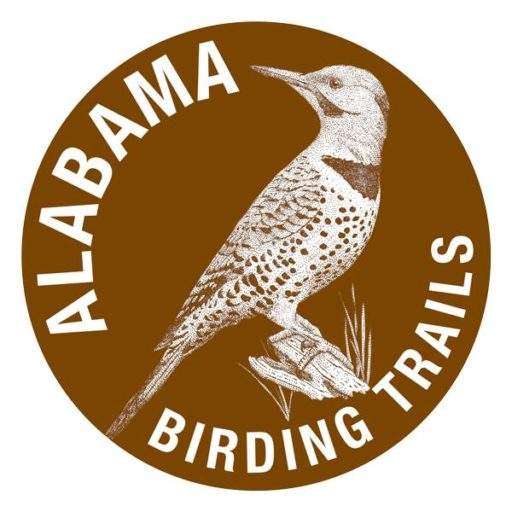Tags
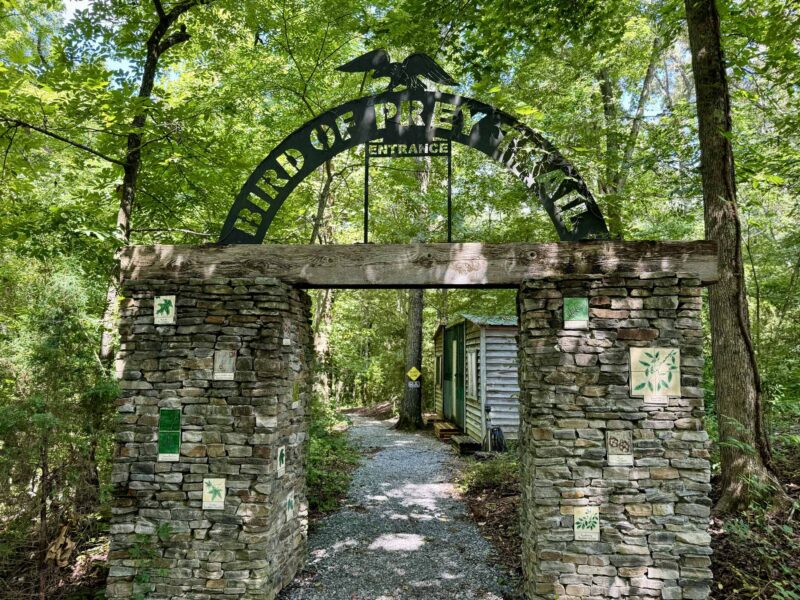
Anniston Museum of Natural History
The Anniston Museum occupies landscaped grounds surrounded by a mature pine-oak hilltop forest. The woodland component coupled with the elevation make …

Birmingham Botanical Gardens
One of the best and most-visited sites for songbirds in the Birmingham area, particularly in spring and fall migration. The Birmingham Botanical Garde …
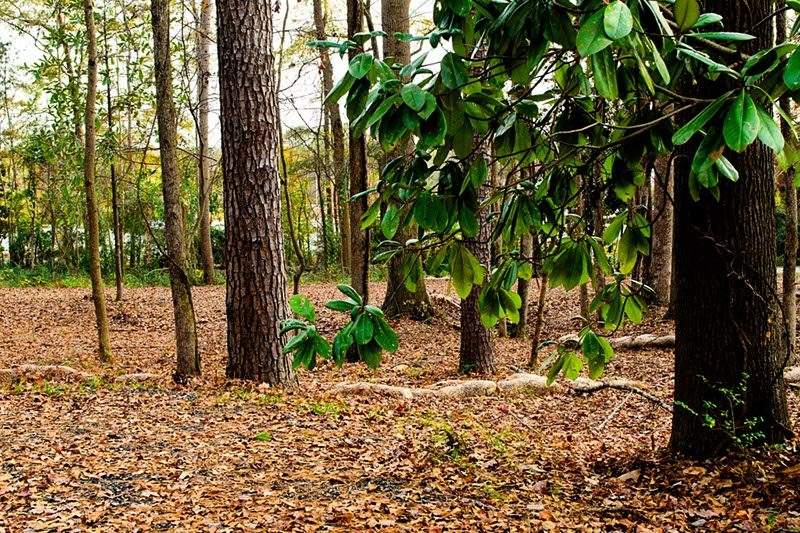
Birmingham Zoo
Located within the 200 wooded acres of Lane Park, the Birmingham Zoo is one of Alabama’s most-visited tourist locations, as well as being a surprising …
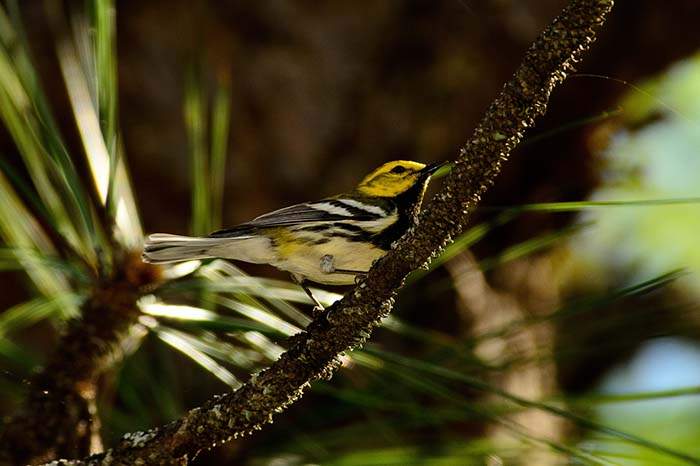
Bull’s Gap – Pinhoti Trailhead, Talladega National Forest
Bull’s Gap is a ridgetop trailhead on the Pinhoti Trail in the Talladega National Forest. This makes it an excellent site for migrants in spring and f …
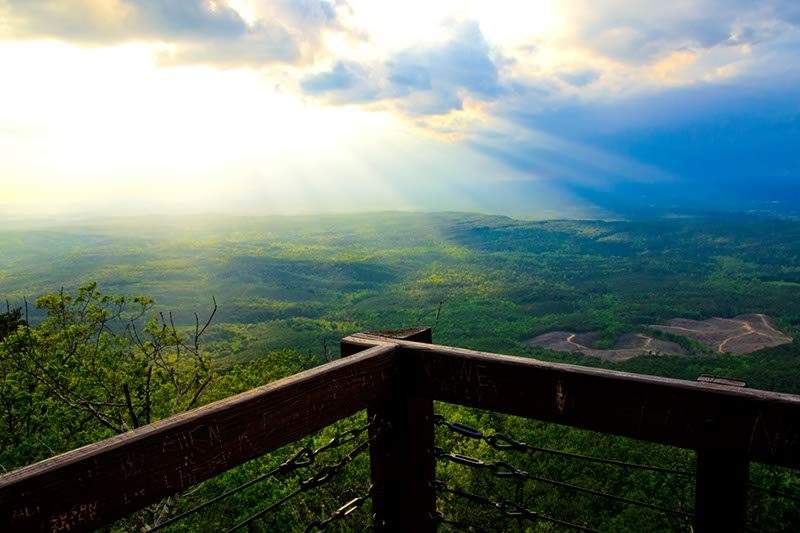
Cheaha State Park — Bald Rock Trail
The Doug Ghee trail, an easy, level, ¼-mile long, handicap-accessible boardwalk, begins just beyond the historic Bald Rock Lodge in the heart of Cheah …
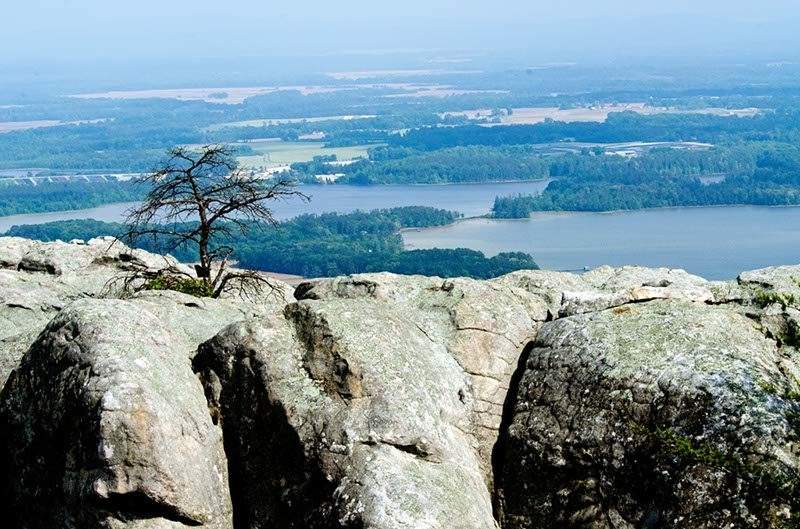
Cherokee Rock Village
The boulder fields at Cherokee Rock Village stand sentinel along an east-facing ridge and overlook Weiss Lake far below. This is an extraordinary loca …
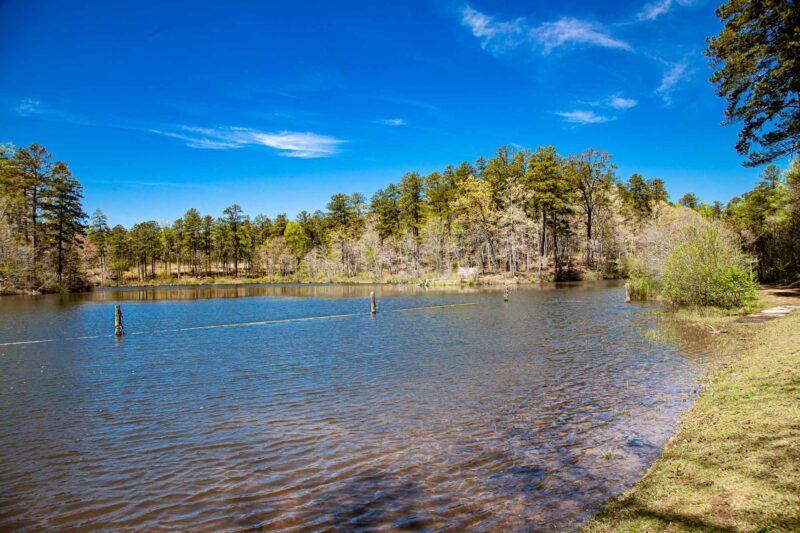
Coleman Lake: Talladega National Forest, Shoal Creek
One of the most significant birding sites in Alabama, Coleman Lake is at present the only reliable location in the state for Red Crossbills, and boast …
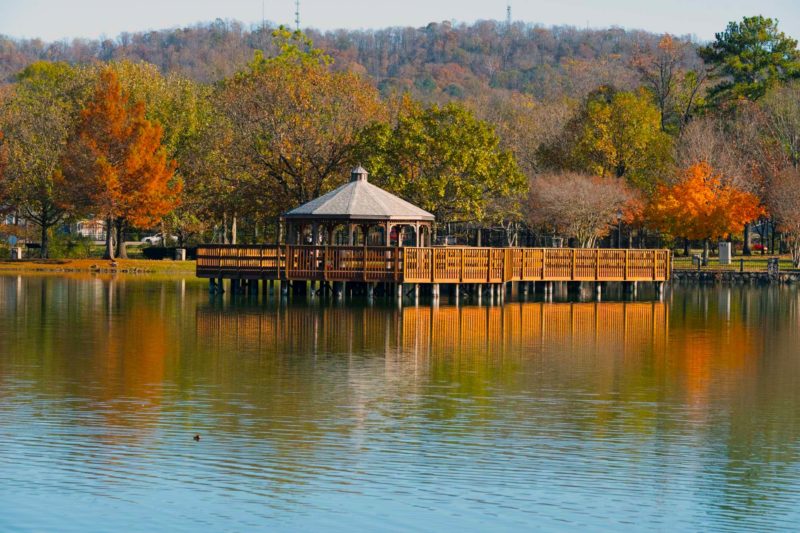
East Lake Park
East Lake Park is one of the best places in the Birmingham area to see birds, because it has a variety of natural features that provide food, water an …
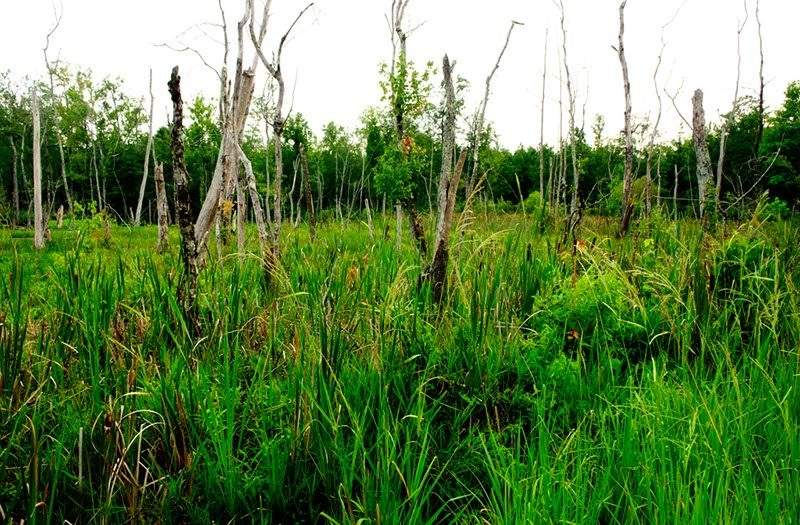
Ebenezer Swamp
Ebenezer Swamp Ecological Preserve is an upland hardwood swamp on Spring Creek, made accessible for nature-lovers by a boardwalk built and maintained …
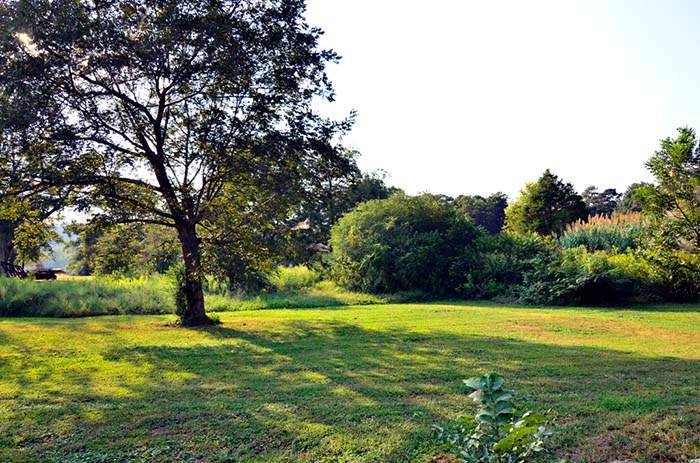
Five Mile Creek Greenway Brookside
The Five Mile Creek Greenway, as it passes through the small historic community of Brookside, provides access to the banks Five Mile Creek for about 3 …
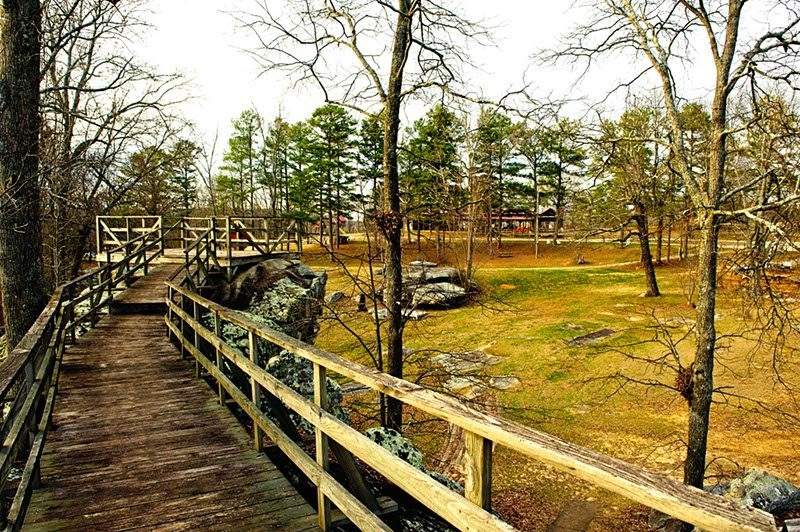
Horse Pens 40
The boulder fields of Horse Pens 40 are a fascinating place to visit, at any time of year. The best times for birding are surely during spring and fal …
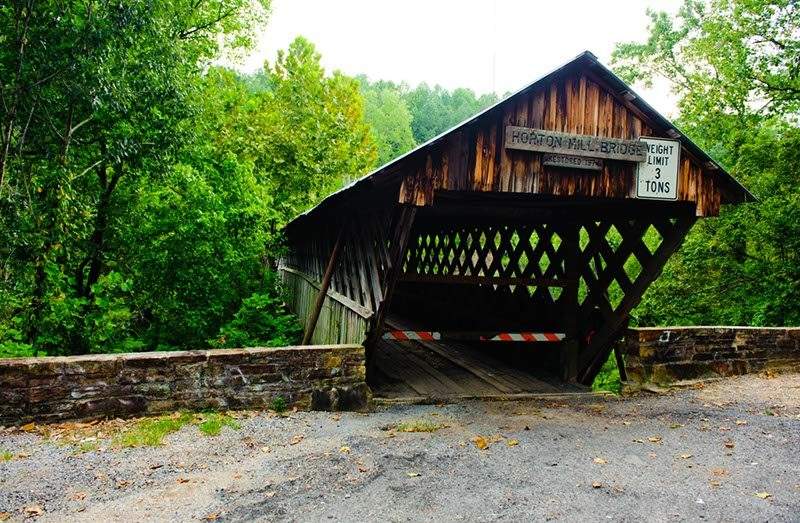
Horton Mill Covered Bridge
Blount County is the “Covered Bridge Capital of Alabama” with three bridges: Horton Mill, Swann, and Easley. All of the bridges are set in habitat ric …
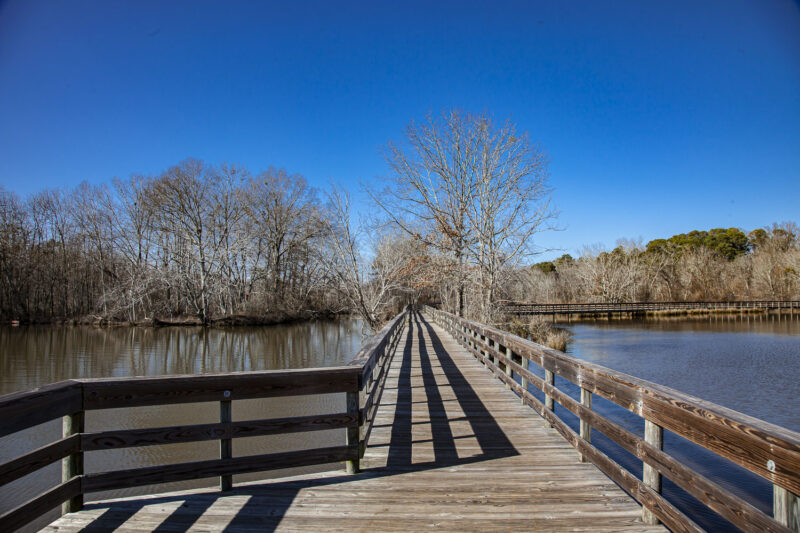
James D. Martin Wildlife Park
The James D. Martin Wildlife Park offers exceptional facilities for exploring an extensive backwater of Neely Henry Lake, on the Coosa River in the Ci …
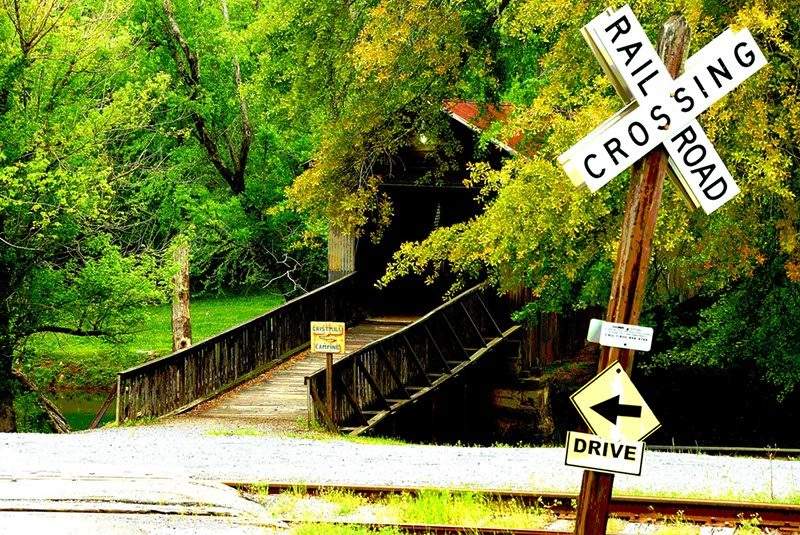
Kymulga Covered Bridge
Kymulga Grist Mill was built around 1860 for grinding both wheat and corn. The covered bridge, spanning Talladega Creek, was built the same year, The …
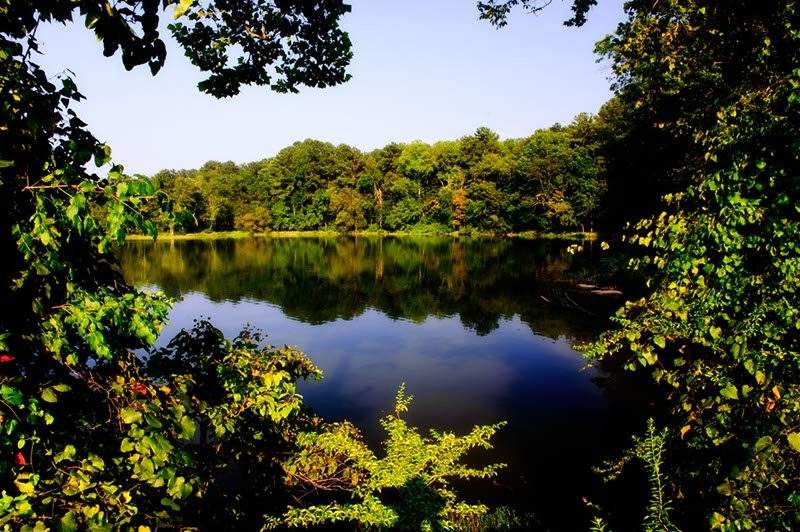
Lake Purdy
Lake Purdy is a 990-acre reservoir on the Little Cahaba River which provides drinking water for the City of Birmingham. Surrounded by protected woodla …
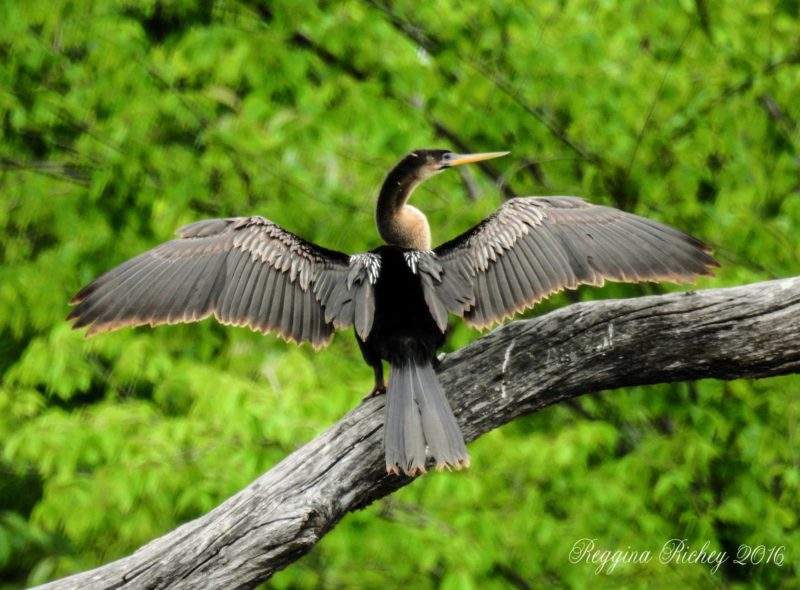
Limestone Park
Limestone Park’s interesting combination of wetlands, grasslands, and Tupelo Gum swamp is good for wading birds, swamp and marsh birds, grassland spec …
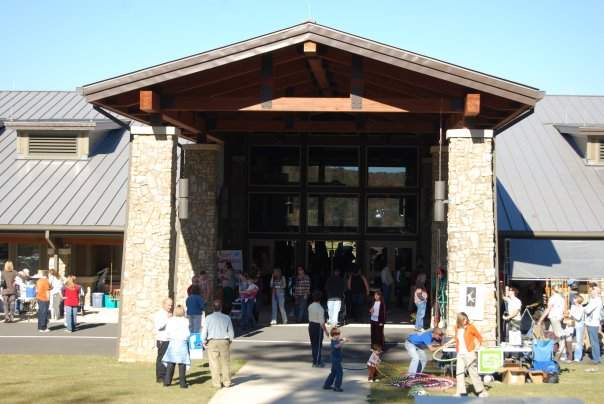
Little River Canyon Center
The Canyon Center is a good resource to visit when planning a trip to the Little River Canyon. Stop in and talk with a National Park Service ranger fo …
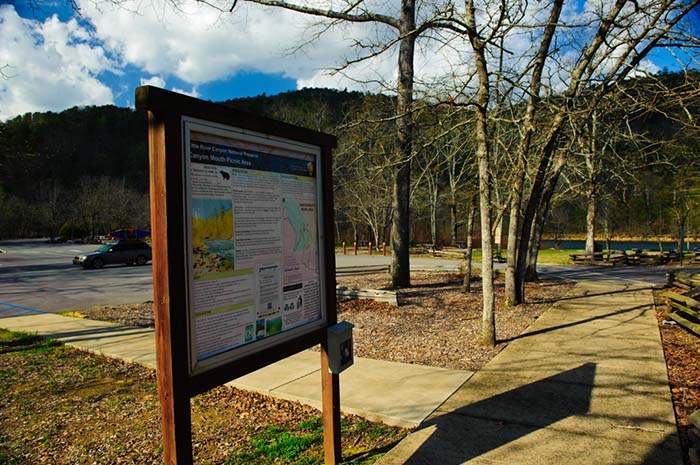
Little River Canyon Mouth Park
Canyon Mouth Park offers visitors one of the few opportunities to access the banks of the Little River by car. This is a good place to experience song …

Logan Martin Dam
Logan Martin Dam is notable for being one of the premier locations in the state for viewing wading birds, particularly Black-crowned Night Herons. Wad …
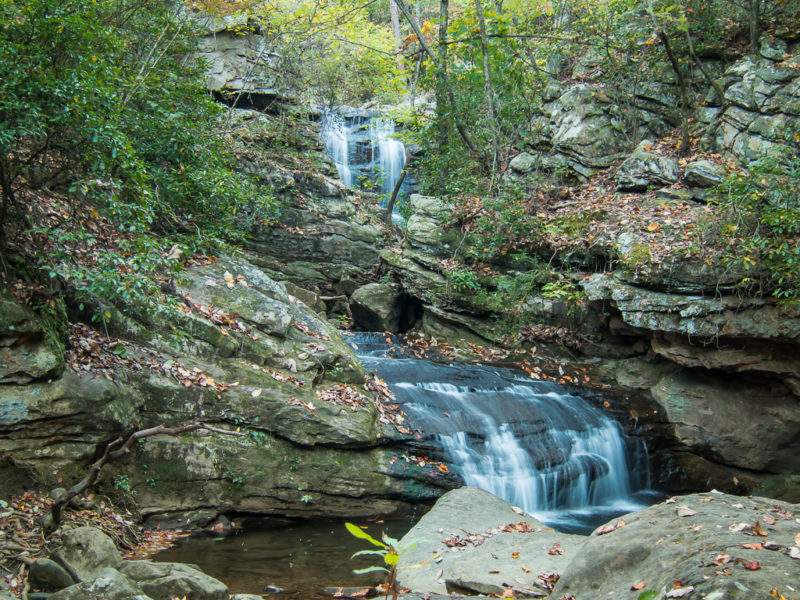
Moss Rock Preserve
Moss Rock Preserve is a 349 acre nature preserve owned by the City of Hoover. The preserve includes gigantic boulders, waterfalls, rare plant glades a …
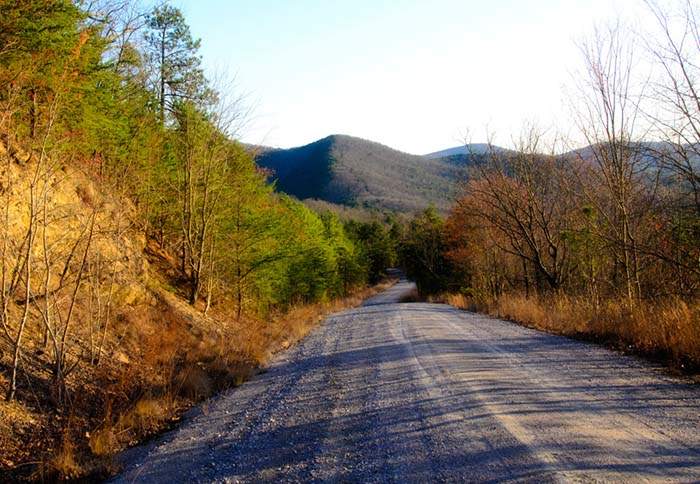
Mountain Longleaf National Wildlife Refuge
Mountain Longleaf National Wildlife Refuge protects the largest stand of mature Longleaf Pines north of the state’s coastal plain. Home to the elusive …

Neely Henry Dam
Neely Henry Dam on the Coosa River offers great opportunities to observe a variety of water-loving birds. Winter brings gulls (mostly Ring-billed, som …

Palisades Park
Palisades Park is an outstanding birding destination throughout the year. Its altitude – the highest point for miles in any direction – makes it a goo …
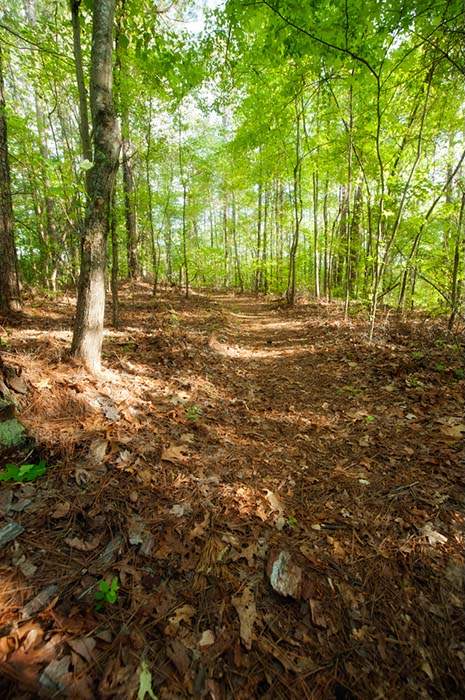
Porter’s Gap – Pinhoti Trailhead, Talladega National Forest
Porter’s Gap is an access point to the Pinhoti Trail, a ridge-line trail linking Alabama and Georgia . The trailhead area provides high elevations for …
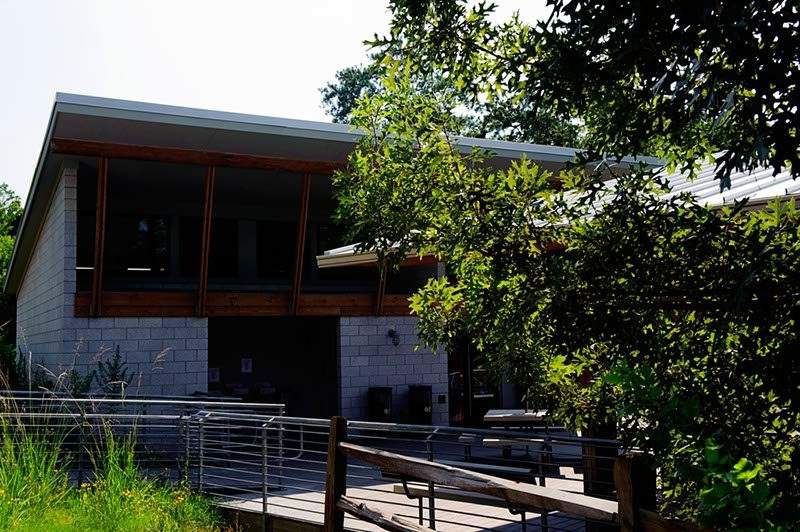
Ruffner Mountain Nature Center & Preserve
Ruffner Mountain Nature Preserve is a thousand-acre park preserving the wooded slopes of Ruffner Mountain in the heart of Birmingham. In addition to a …
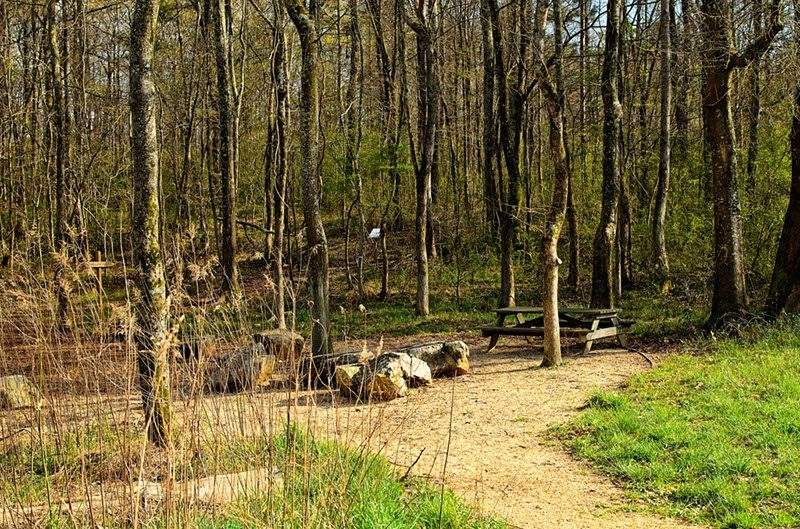
Ruffner Mountain Wetlands
The Ruffner Mountain Wetlands are a series of small marshes and ponds, traversed by a boardwalk and trail, located on the other side of the mountain f …
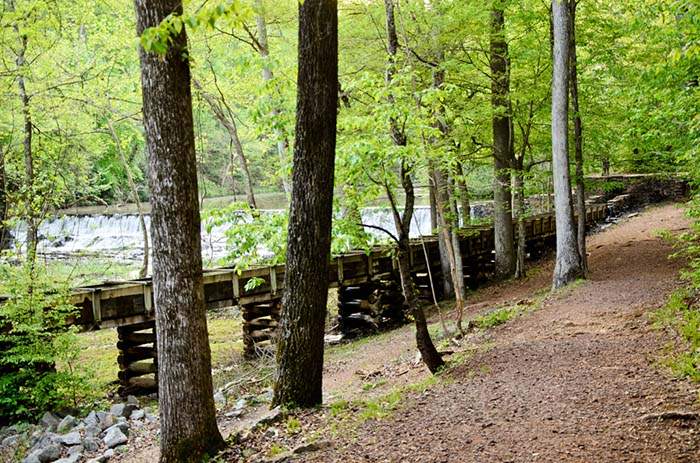
Tannehill State Historical Park
A large park with varying, all-age, pine-oak woodlands. Water ranges from babbling brook to rushing streams. Tannehill can be a fine spot for song-bir …
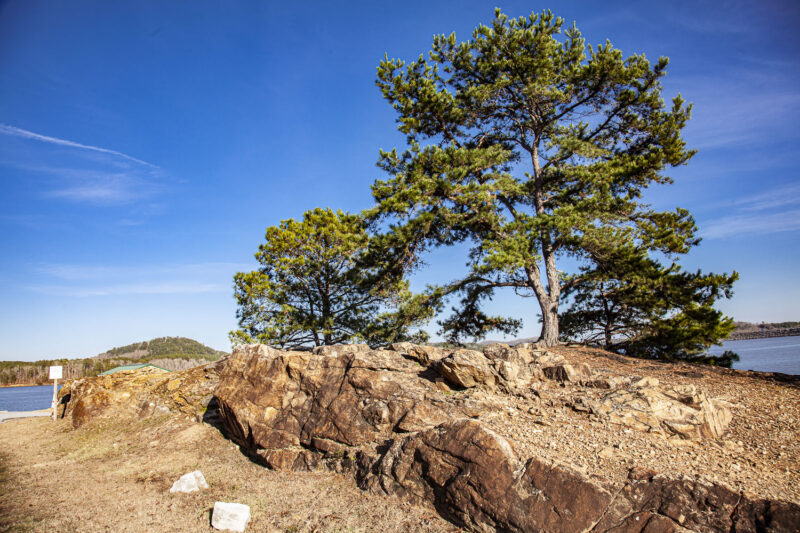
Ten Islands Historical Park
Ten Islands Historical Park, on the shores of Neely Henry Lake just above the dam, offers first-rate birding. Though the park itself is small, there i …
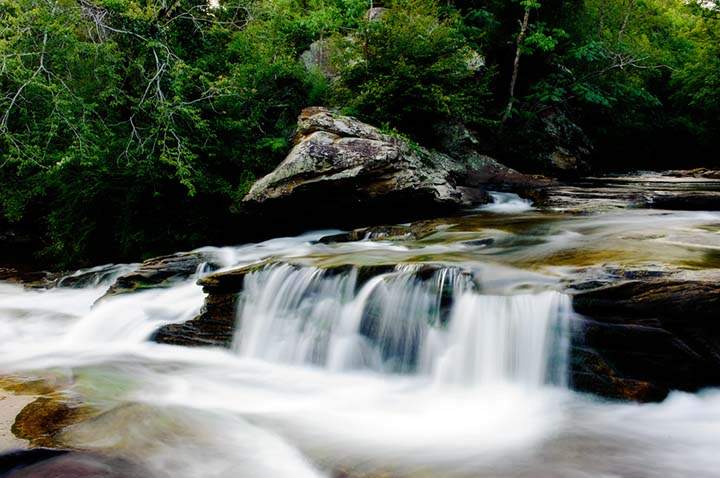
Turkey Creek Nature Preserve
Abundant water and vegetation define Turkey Creek Nature Preserve. An excellent site for songbirds and raptors, the preserve is worth a visit in all t …

Weiss Lake Overlook
Weiss Lake, a 30,200 acre impoundment owned and operated by the Alabama Power Company, is fed by the Coosa, Chattooga and Little Rivers, and offers ov …
